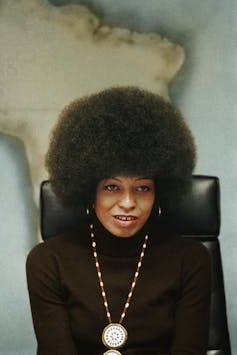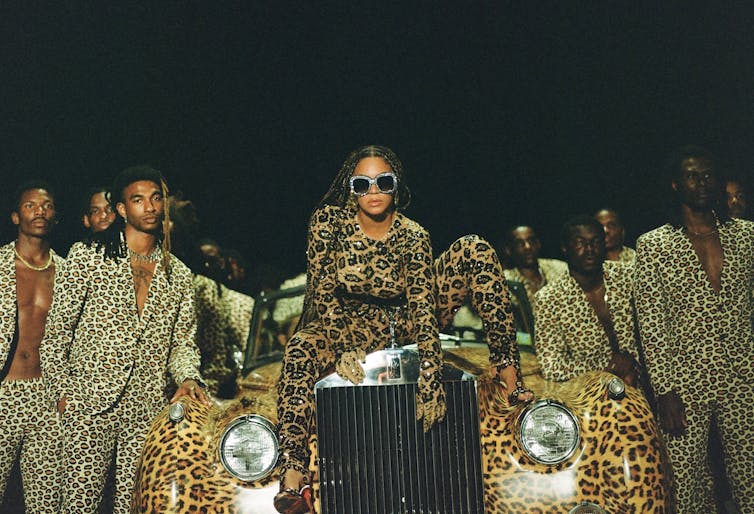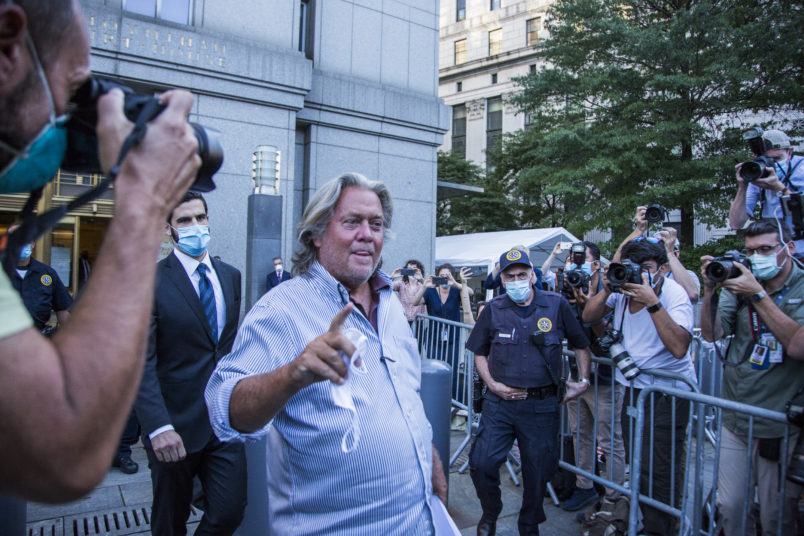From Cotton to Brinjal: Fraudulent GMO Project in India Sustained by Deception
SEPTEMBER 1, 2020
Insecticidal Bt (Bacillus thuringiensis) cotton is the first and only GM (genetically modified) crop that has been approved in India. It has been cultivated in the country for more than 20 years. In a formal statement to the Supreme Court of India, the Indian government has asserted that hybrid Bt cotton is an outstanding success. It therefore argues that Bt cotton is a template for the introduction of GM food crops.
However, over the last week, two important webinars took place that challenged the government’s stance. The first was on Bt cotton and involved a panel of internationally renowned scientists who conclusively debunked the myth of Bt cotton success in India. The webinar, organised by the Centre for Sustainable Agriculture and Jatan, focused on an evidence-based evaluation of 18 years of approved Bt cotton cultivation in India.
The second webinar discussed the case of Bt brinjal, which the country’s apex regulatory body, the Genetic Engineering Appraisal Committee (GEAC), has brought to the brink of commercialisation. The webinar highlighted deep-seated problems with regulatory processes in India and outlined how the GEAC is dogged by secrecy, conflicts of interest and (scientific) fraud: participants outlined how the GEAC has been colluding with crop developers and seed companies to drive GM crops into agriculture.
Bt cotton failure
The panel for the Bt cotton webinar (YouTube: Bt Cotton in India: Myths & Realities – An Evidence-Based Evaluation) on 24 August included Dr Andrew Paul Gutierrez, senior emeritus professor in the College of Natural Resources at the University of California at Berkeley; Dr Keshav Kranthi, former director of Central Institute for Cotton Research in India; Dr Peter Kenmore, former FAO representative in India, and Dr Hans Herren, World Food Prize Laureate.
Dr Herren said that “the failure of Bt cotton” is a classic representation of what an unsound science of plant protection and faulty direction of agricultural development can lead to.
He explained:
“Bt hybrid technology in India represents an error-driven policy that has led to the denial and non-implementation of the real solutions for the revival of cotton in India, which lie in HDSS (high density short season) planting of non-Bt/GMO cotton in pure line varieties of native desi species and American cotton species.”
He argued that a transformation of agriculture and the food system is required; one that entails a shift to agroecology, which includes regenerative, organic, biodynamic, permaculture and natural farming practices.
Dr Kenmore said that Bt cotton is an aging pest control technology:
“It follows the same path worn down by generations of insecticide molecules from arsenic to DDT to BHC to endosulfan to monocrotophos to carbaryl to imidacloprid. In-house research aims for each molecule to be packaged biochemically, legally and commercially before it is released and promoted. Corporate and public policy actors then claim yield increases but deliver no more than temporary pest suppression, secondary pest release and pest resistance.”
Recurrent cycles of crises have sparked public action and ecological field research which creates locally adapted agroecological strategies.
He added that this agroecology:
“… now gathers global support from citizens’ groups, governments and UN-FAO. Their robust local solutions in Indian cotton do not require any new molecules, including endo-toxins like in Bt cotton”.
Prof Gutierrez presented the ecological reasons as to why hybrid Bt cotton failed in India: long season Bt cotton introduced in India was incorporated into hybrids that trapped farmers into biotech and insecticide treadmills that benefited GMO seed manufacturers.
He noted:
“The cultivation of long-season hybrid Bt cotton in rainfed areas is unique to India. It is a value capture mechanism that does not contribute to yield, is a major contributor to low yield stagnation and contributes to increasing production costs”.
Prof Gutierrez asserted that increases in cotton farmer suicides are related to the resulting economic distress.
He argued:
“A viable solution to the current GM hybrid system is adoption of improved non-GM high-density short-season fertile cotton varieties.”
Presenting data on yields, insecticide usage, irrigation, fertiliser usage and pest incidence and resistance, Dr Keshav Kranthi said that a critical analysis of official statistics (eands.dacnet.nic.in and cotcorp.gov.in) shows that Bt hybrid technology has not been providing any tangible benefits in India either in yield or insecticide usage.
He said that cotton yields are the lowest in the world in Maharashtra, despite being saturated with Bt hybrids and the highest use of fertilisers. Yields in Maharashtra are less than in rainfed Africa where there is hardly any usage of technologies such as Bt, hybrids, fertilisers, pesticides or irrigation.
It is revealing that Indian cotton yields rank 36th in the world and have been stagnant in the past 15 years and insecticide usage has been constantly increasing after 2005, despite an increase in area under Bt cotton.
Dr Kranthi argued that research also shows that the Bt hybrid technology has failed the test of sustainability with resistance in pink bollworm to Bt cotton, increasing sucking pest infestation, increasing trends in insecticide and fertiliser usage, increasing costs and negative net returns in 2014 and 2015.
Dr Herren said that GMOs exemplify the case of a technology searching for an application:
“It is essentially about treating symptoms, rather than taking a systems approach to create resilient, productive and bio-diverse food systems in the widest sense and to provide sustainable and affordable solutions in it’s social, environmental and economic dimensions”.
He went on to argue that the failure of Bt cotton is a classic representation of what an unsound science of plant protection and a faulty direction of agricultural development can lead to:
“We need to push aside the vested interests blocking the transformation with the baseless arguments of ‘the world needs more food’ and design and implement policies that are forward looking… We have all the needed scientific and practical evidence that the agroecological approaches to food and nutrition security work successfully”.
Bt brinjal – the danger is back
The government’s attempt to use a failed technology as a template for driving GMOs into agriculture has been exposed. Nevertheless, the GEAC has been moving forward with late-stage trials of Bt brinjal, while ignoring the issues and arguments against its commercialisation that were forwarded a decade ago.
In February 2010, the Indian government placed an indefinite moratorium on the release of Bt brinjal after numerous independent scientific experts from India and abroad had pointed out safety concerns based on data and reports in the biosafety dossier that Mahyco, the crop developer, had submitted to the regulators.
The then Minister of the Ministry of Environment and Forests Jairam Ramesh had instituted a unique four-month scientific enquiry and public hearings. His decision to reject the commercialisation of Bt brinjal was supported by advice from the renowned scientists. Their collective appraisals demonstrated serious environmental and biosafety concerns.
Jairam Ramesh pronounced a moratorium on Bt brinjal in February 2010 by stating:
“it is my duty to adopt a cautious, precautionary principle-based approach and impose a moratorium on the release of Bt brinjal, till such time independent scientific studies establish, to the satisfaction of both the public and professionals, the safety of the product from the point of view of its long-term impact on human health and environment, including the rich genetic wealth existing in brinjal in our country.”
The moratorium has not been lifted and the conditions he set out have still not been met. Moreover, five high-level reports have advised against the adoption of GM crops in India. Appointed by the Supreme Court, the ‘Technical Expert Committee (TEC) Final Report’ (2013) was scathing about the prevailing regulatory system and highlighted its inadequacies. The TEC went a step further by recommending a 10-year moratorium on the commercial release of all GM crops.
The regulatory process was shown to lack competency, possessed endemic conflicts of interest and demonstrated a lack of expertise in GMO risk assessment protocols, including food safety assessment and the assessment of environmental impacts.
Ten years on and regulators have done nothing to address this woeful state of affairs. As we have seen with the relentless push to get GM mustard commercialised, the problems persist. Through numerous submissions to the Supreme Court, Aruna Rodrigues has described how GM mustard is being forced through with flawed tests (or no tests) and a lack of public scrutiny. Regulators are seriously conflicted: they promote GMOs openly, fund them and then regulate them.
And this is precisely what the webinar ‘Bt brinjal – the danger is back’ (watch on YouTube) discussed on 27 August. Organised by the Coalition for a GM-Free India, the webinar was arranged because the regulators have again brought to the brink of commercialisation a new Bt brinjal ‘event’ – a different Bt brinjal than the 2010 version. Also included in the webinar were the experiences of Bt brinjal introduction in Bangladesh.
Dr Ramanjaneyulu (Centre for Sustainable Agriculture) highlighted how need has never been established for Bt brinjal of which India is a recognised centre of diversity. The argument for Bt brinjal in the run-up to Jairam Ramesh’s moratorium was that pesticide use is a problem in containing the brinjal fruit and shoot borer. He noted that Bt brinjal was promoted by Monsanto, USAID and Cornell University, but serious protocol violations, environmental contamination concerns and potential adverse health impacts were discovered.
He outlined simple non-pesticidal, agroecological management practises that can and are being used to deal with the brinjal fruit and shoot borer.
Farida Akhter of UBINIG (Policy Research for Development Alternative) outlined how the introduction of Bt brinjal in Bangladesh was not needed but imposed on the country, which has 248 varieties of brinjal. Where pesticide use is problematic, she argued that it concerns hybrid varieties rather than traditional cultivars of which 24 varieties are resistant to fruit and shoot borer.
Akhter said that poor quality brinjal and financial losses for farmers have been major issues. Many have abandoned Bt brinjal, but farmers have received incentives to cultivate and where they have done so, fertiliser use has increased and there have been many pest attacks, with 35 different types of pesticides applied.
The Bill Gates-funded Cornell Alliance for Science, a public relations entity that promotes GM agriculture, and USAID, which serves the interests of the GMO biotech sector, tried to sell Bt brinjal on the basis it would ‘save’ people from the overuse of pesticides and related illnesses. But Akhter argued that Bangladesh was targeted because the Philippines and India had rejected Bt brinjal. Again, protocol violations occurred leading to its introduction and Akhter concluded that there was no scientific basis for Bt brinjal: its introduction was political.
As for India, event EE1, the initial Bt brinjal, has now been replaced by event 142, a different Bt brinjal. Kavitha Kuruganti (Alliance for Sustainable and Holistic Agriculture) explained this in the webinar and notes that the GEAC, immediately after the 2010 moratorium was announced, went straight ahead and sanctioned new trials for this Bt brinjal. The GEAC basically stated that the moratorium did not apply to this version, while ignoring all the criticisms about lack of competence, conflicts of interest, non-transparency and protocol violations. It was effectively business as usual!
With event EE1, Kuruganti implied that the GEAC acted more like a servant for Mayco and its Monsanto master. Nothing has changed. She noted the ongoing revolving door between crop developers (even patent holders) and regulators. As before, developers-cum-lobbyists were actually sitting on regulatory bodies as event 142 was proceeding.
Under public-private-partnership arrangements, event 142 has been licensed to private companies for biosafety testing/commercialisation. Despite major concerns, the GEAC has pressed ahead with various trials. In May 2020, under lockdown, Kuruganti notes that the GEAC held a virtual meeting and sanctioned what were effectively final trials prior to commercialisation. She explains that important information and vital data is not in the public domain.
According to Kuruganti, the regulator sits with the crop developer and the companies and grant biosafety clearance, claiming all tests (soil, pollen flow, toxicity, etc) are complete. What is also disturbing is that these licensed companies have closed and opened under new names (with the same people in charge), thereby making accountability and liability fixing very difficult if something were to go wrong further down the line.
She concludes that the story of event 142 is even worse than event EE1:
“Once again, they are certainly hiding things that they don’t want conscientious scientists and aware citizens to see and know.”
Taken together, the two webinars highlighted how hybrid Bt cotton is being deceptively used as a template for rolling out GM food crops: a fraud being used to promote another fraud in order to force unnecessary GMOs into Indian agriculture









